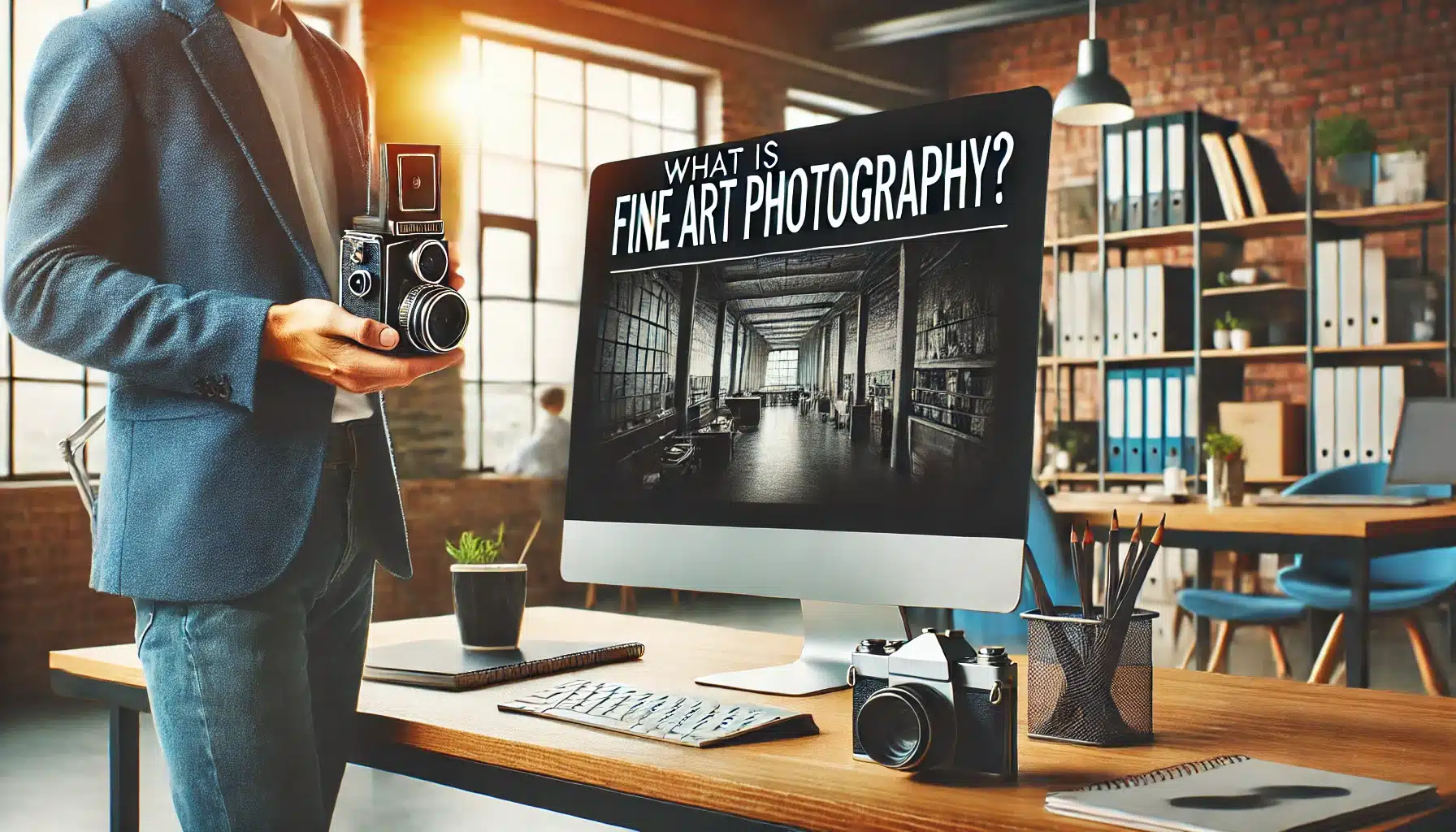Art is a reflection of society, constantly evolving alongside cultural and technological shifts. Today, the evolving art news landscape mirrors broader transformations in how art is created, consumed, and understood. From the influence of social media to the growing emphasis on diversity, these changes are reshaping the global art scene in profound ways.
Evolving Art News Landscape
The way we access and engage with art news has undergone a seismic shift in recent years. Traditional outlets like magazines and newspapers once dictated the conversation, but the digital revolution has democratized the dissemination of information. Blogs, podcasts, and platforms like Instagram now offer immediate access to the latest trends, allowing anyone with an internet connection to participate in the dialogue.
One notable example of the evolving art news landscape is the rise of independent voices. Art critics and influencers, unaffiliated with major publications, have carved out significant niches. Their ability to present unfiltered perspectives has not only diversified the discussion but also fostered a deeper connection between creators and audiences.
Moreover, algorithms have played a pivotal role in how art news is curated. While this ensures personalization, it also raises questions about echo chambers and the marginalization of less mainstream voices. The challenge lies in balancing accessibility with the preservation of a broad and inclusive discourse.
Shifts in Art and Culture
Art does not exist in isolation. It both shapes and is shaped by the world around it. Recent shifts in art and culture reflect the complex interplay between global events, technological advancements, and social movements.
One of the most profound changes is the growing emphasis on representation. Artists from historically marginalized groups are gaining recognition, and their stories are resonating across cultural boundaries. Exhibitions highlighting Black, Indigenous, and LGBTQ+ perspectives are drawing record crowds, signifying a collective hunger for authenticity and inclusivity.
At the same time, climate change and sustainability are emerging as dominant themes in contemporary art. Installations crafted from recycled materials or exhibitions addressing environmental concerns are compelling audiences to rethink their relationship with the planet. These works transcend aesthetics, serving as powerful calls to action.
Technology, too, is driving shifts in art and culture. Virtual reality exhibitions, NFT art, and AI-generated pieces are challenging traditional definitions of creativity. While some critics view these developments with skepticism, others embrace them as opportunities to expand the boundaries of artistic expression.
Art News and Cultural Changes
The synergy between art news and cultural changes is undeniable. News not only reports on shifts in the art world but also influences how these shifts are perceived and understood. For example, media coverage of the #MeToo movement has prompted museums and galleries to reconsider their programming, leading to a reevaluation of which voices are celebrated and why.
Another area where art news and cultural changes intersect is the renewed interest in public art. Murals, sculptures, and installations in urban spaces have become focal points for community engagement. These works often address pressing social issues, turning city streets into platforms for dialogue and activism.
Art fairs and biennales, once seen as exclusive events for elites, are also evolving in response to cultural changes. Many now prioritize accessibility, offering virtual tours and reduced ticket prices to ensure broader participation. This shift reflects a growing recognition of art as a universal language, capable of bridging divides and fostering understanding.
Transforming Art World Trends
Every era witnesses a unique set of artistic priorities, and today’s transforming art world trends are no exception. One of the most striking developments is the blending of high and low culture. Street art, once dismissed as vandalism, now commands multimillion-dollar prices at auctions. Conversely, fine art institutions are incorporating elements of popular culture to attract younger audiences.
Another trend reshaping the art world is the rise of cross-disciplinary collaboration. Artists are teaming up with scientists, technologists, and even chefs to create immersive experiences that defy categorization. These projects not only captivate viewers but also push the boundaries of what art can achieve.
Sustainability continues to dominate conversations about transforming art world trends. From eco-friendly exhibition designs to carbon-neutral events, the art industry is striving to reduce its environmental footprint. This shift is not just ethical but also essential for ensuring art’s relevance in a rapidly changing world.
Conclusion
The evolving art news landscape, coupled with shifts in art and culture, paints a picture of an industry in flux. As new voices emerge and old paradigms are challenged, the art world is becoming more inclusive, innovative, and attuned to global concerns.
The interplay between art news and cultural changes ensures that art remains a dynamic force, capable of inspiring both reflection and action. Meanwhile, transforming art world trends highlight the resilience and adaptability of creators, who continue to find beauty and meaning in an ever-complex world.
In embracing these changes, we as audiences are reminded of art’s enduring power—to provoke, to unite, and to illuminate. Whether through a gallery visit, an online article, or a public mural, the journey into this transformed landscape promises to be as rewarding as the art itself.




